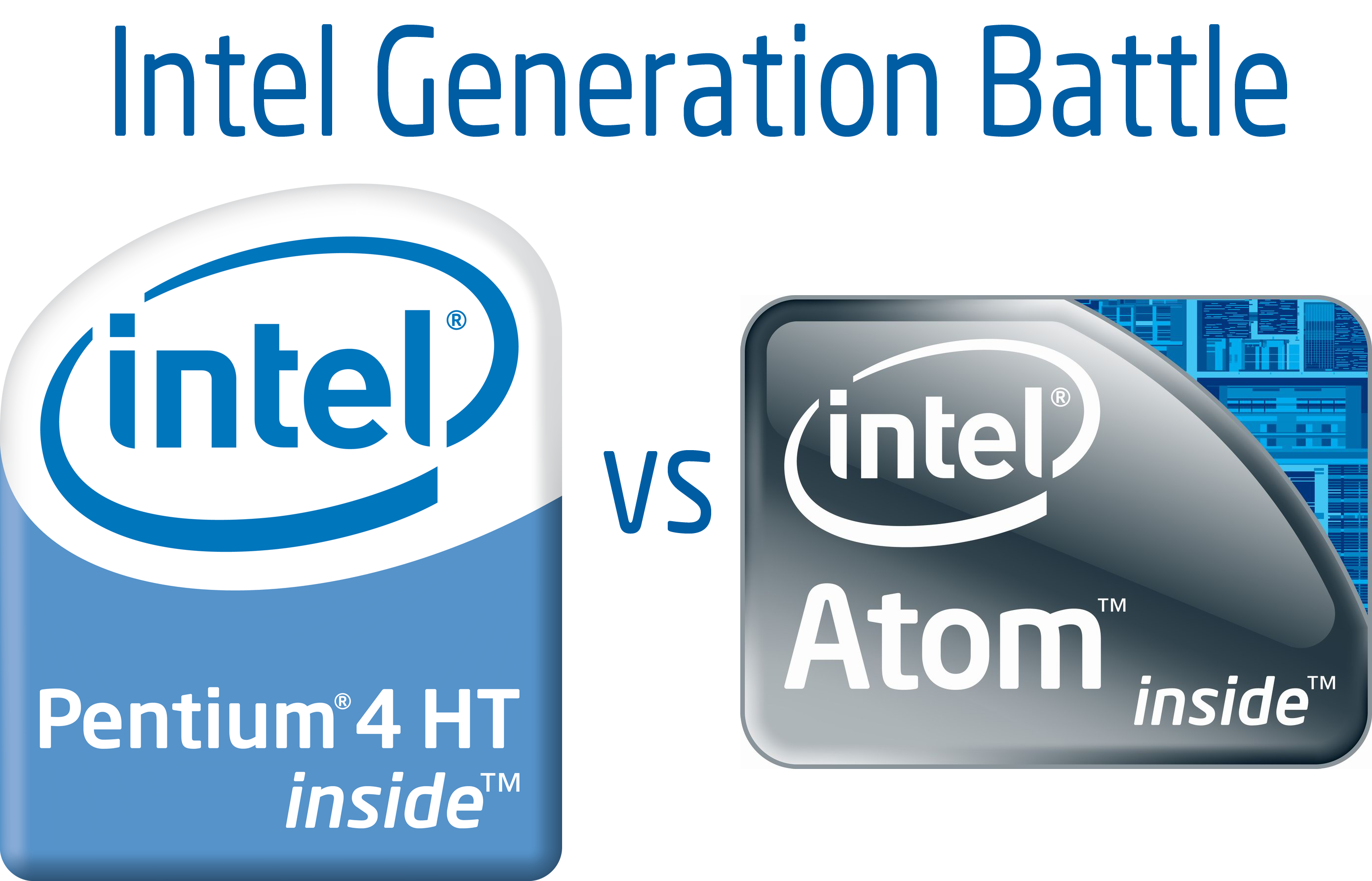Intel Pentium 4 Vs. Atom: A Battle Of The Generations
Most people know that Intel’s Atom is a slow, low-cost processor. But does it even offer enough performance to take it beyond desktop processors nearly a decade old? Today we're comparing a modern Atom CPU to two Northwood-class Pentium 4-based PCs.
Can Atom Beat A Pentium 4?
We were sorting out some old hardware in one of our test labs and wondered what to do with our old Socket 478 Pentium 4 gear. Disposing of it doesn’t feel quite right, and we know that many Pentium 4 systems remain in service. Clock speeds between 2 GHz and 3.4 GHz still provide sufficient performance for a home server or backup PC, so why not put up two different Pentium 4 systems against single-core and dual-core Atom solutions to see how today’s low-cost computing solutions hold up?
Convenience Computing
We done several articles dealing with Atom and comparing its performance and efficiency with other solutions. First and foremost, it’s important to note that Atom is not in the same market segment as desktop-oriented Core 2, Core ix, Phenom, or Athlon processors. Atoms enable the lowest-cost netbooks and nettop computers. They aren’t meant to be particularly efficient, and they won’t satisfy a power user. Any entry-level Core i3 desktop will provide many times better power efficiency, in fact.
Atom makes sense where local computing performance doesn’t matter very much: browsing the Internet, communicating via email or social networks, and processing documents and spreadsheets. For these, Atom is more than enough.
Buy Atom or Recycle P4?
Does it make more sense to purchase a cheap Atom-based computer or to recycle and/or continue to use an existing Pentium 4 machine? Both run at decent clock speeds and come with 512 KB of L2 cache. Both can be considered above average if you have modest performance expectations. And both have a comparable transistor count: 55 million for the Pentium 4 (based on the Northwood design) and 47 millions for the Atom 230.
More importantly, you might be able to get an older P4 system for very little money from a friend or business upgrading to newer hardware. We compare the Atom 230 and D510 to a Pentium 4 (Northwood) 2.2 and 3.2 GHz.
Get Tom's Hardware's best news and in-depth reviews, straight to your inbox.
Current page: Can Atom Beat A Pentium 4?
Next Page Oldie But Goldie: Intel Pentium 4 (Northwood)